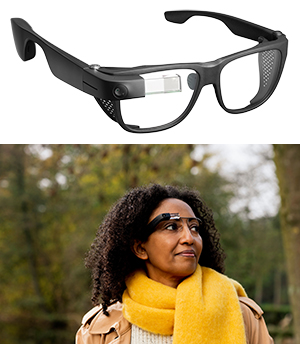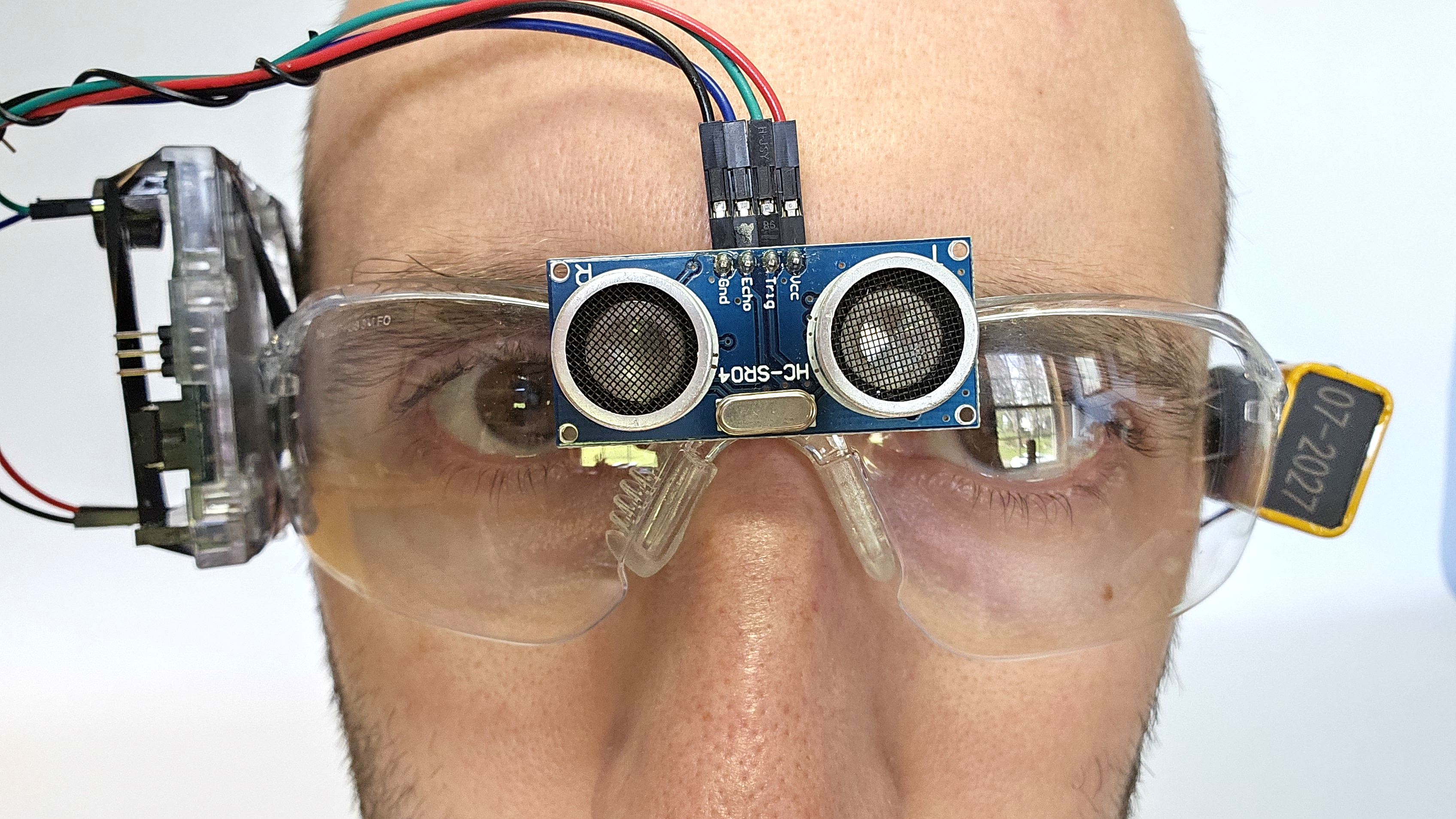Discover Advanced Assistive Gadgets for People With Visual Disabilities
The landscape of assistive innovation for people with aesthetic impairments is developing quickly, offering a series of ingenious gadgets that improve freedom and engagement (Braille displays and notetakers). From clever glasses that effortlessly combine aesthetic input with auditory assistance to advanced navigation applications that redefine spatial understanding, these tools are reshaping possibilities. Additionally, the most recent improvements in Braille technology and voice-activated systems significantly contribute to availability. The effects of these growths extend much beyond plain functionality; they challenge traditional assumptions of handicap and independence. What might this mean for the future of incorporation and assistance?
Smart Glasses Innovations
Smart glasses stand for a substantial development in assistive innovation for individuals with aesthetic impairments. Geared up with video cameras and sensing units, clever glasses can capture real-time visual information, which is then refined and conveyed to the customer via audio responses or haptic feelings.
In addition, advancements in artificial intelligence have even more boosted the capacities of wise glasses. Artificial intelligence algorithms can acknowledge faces, checked out text, and identify items, making them invaluable devices for daily tasks. Users can receive acoustic hints that give context concerning their setting, fostering independence and confidence.
Additionally, the ergonomic style and light-weight nature of lots of smart glasses make them suitable for prolonged usage, making sure convenience while improving capability. As these devices remain to advance, they hold the potential to revolutionize the way people with visual problems experience their every day lives, bridging the gap between ease of access and technology. The continuous r & d in this field pledge to increase the opportunities for smart glasses, making them an essential part of contemporary assistive devices.
Navigation Application and Devices
Various navigating applications and tools have actually arised as important resources for individuals with visual impairments, considerably enhancing their capability to go across strange atmospheres. These technologies utilize GPS capability, audio hints, and real-time data to offer users with precise navigation aid.
One popular example is the Aira application, which links individuals to qualified representatives that can offer aesthetic summaries of surroundings and navigation guidance via an online video clip feed. This service boosts the individual's spatial recognition and confidence while browsing. Another noteworthy device is Seeing Eye GPS, which supplies voice-guided navigating and points of passion, making it possible for customers to gain access to crucial info about their surroundings.

As innovation continues to advance, the advancement of a lot more sophisticated navigating devices assures to additional equip individuals with aesthetic disabilities, helping with seamless mobility and combination into diverse atmospheres. Such innovations contribute in promoting a more comprehensive society.
Braille Innovation Developments
Over the last few years, advancements in Braille modern technology have considerably changed exactly how individuals with visual impairments gain access to information and engage with the world redirected here around them. The advancement of mobile Braille displays has actually reinvented reading by enabling customers to link wirelessly to smartphones, computer systems, and tablet computers. These gadgets transform message into Braille in real-time, making it possible for seamless communication with electronic material.
Additionally, innovative Braille printers have emerged, enhancing the production of responsive products. Modern embossers are faster and much more efficient, enabling for the quick development of Braille records and educational products. This efficiency minimizes the time and cost connected with producing Braille resources, making them more easily accessible to colleges and organizations.
In addition, the integration of Braille with various other technologies, such as expert system and artificial intelligence, has opened brand-new opportunities for tailored knowing experiences. Voice recognition and synthesis technologies can enhance Braille, giving a comprehensive technique to information dissemination.
As the demand for inclusive education and learning and office environments grows, these technical advancements play a crucial role in equipping individuals with aesthetic problems, ensuring they have equal accessibility to details and opportunities in different aspects of life.
Wearable Devices for Independence
A growing selection of wearable devices is enhancing self-reliance for people with aesthetic disabilities, supplying ingenious remedies that improve navigating and daily living. Braille displays and notetakers. These gadgets use sophisticated modern technologies to provide real-time feedback and assistance, promoting freedom in different atmospheres

Wearable technology also includes smartwatches that can be set with ease of access functions, allowing customers to obtain alerts, track their areas, or also require support with the touch of a switch. Some devices include fabricated intelligence to assess the setting, offering sound summaries of close-by items or people.
Voice-Activated Assistive Solutions
Leveraging voice-activated assistive services has changed the landscape of assistance for individuals with aesthetic impairments, providing hands-free communication and access to a selection of jobs. These innovations utilize all-natural language handling and expert system to enable customers to do day-to-day activities through basic voice commands.

Moreover, current improvements in voice recognition accuracy have enhanced the customer experience considerably, fitting diverse accents and speech patterns. This inclusivity ensures that even more people can take advantage of these technologies, fostering a better feeling of freedom.
Conclusion
In conclusion, the development of sophisticated assistive gadgets substantially enhances the self-reliance and lifestyle for individuals with visual impairments. Advancements such as wise glasses, navigating applications, Braille technology, wearable tools, and voice-activated remedies collectively cultivate a more comprehensive environment. These technologies empower users to browse their environments with confidence and involve more completely with the globe, inevitably advertising better access and level playing fields for individuals encountering aesthetic challenges.
The landscape of assistive modern technology for people with aesthetic problems is evolving swiftly, providing a variety of ingenious tools that boost autonomy and interaction.Smart glasses represent a substantial innovation in assistive modern technology for people with aesthetic impairments. As these gadgets continue to advance, they hold the possible to change the way people with visual impairments experience their day-to-day lives, connecting the gap between availability and technology.In recent years, innovations in Braille modern technology have actually dramatically changed just how people with visual problems Our site accessibility information and engage with the globe around them. These innovations equip individuals to browse their environments with confidence and involve more completely with the world, ultimately promoting higher access and equivalent opportunities for people facing aesthetic challenges.